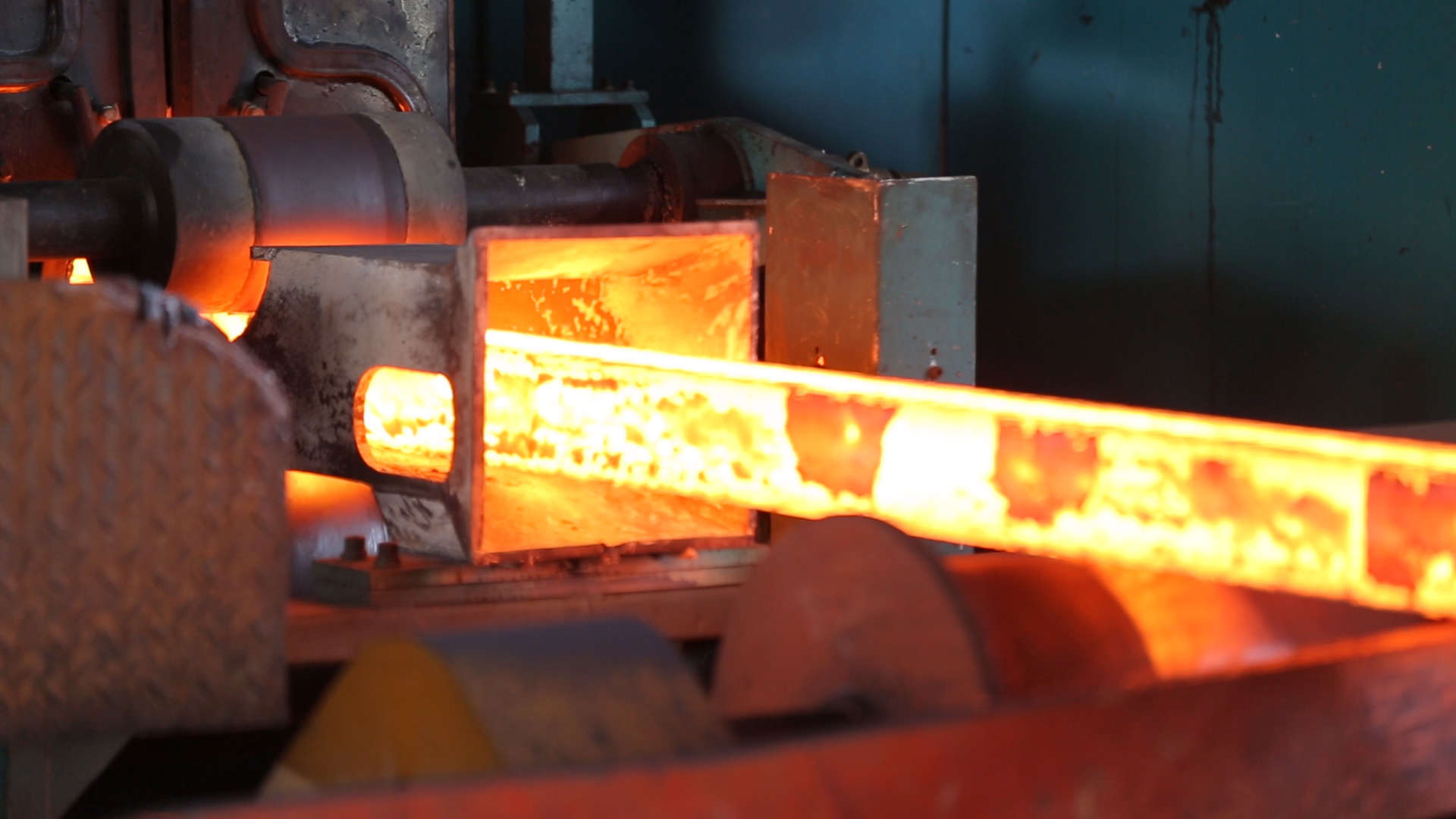Iranian steel billet has been quietly gaining market acceptance in Southeast Asia because of its low prices, just as it happened with China-origin product a few years ago, but can it dominate the region?
In the past several months, transactions involving Iranian billet had been concluded on and off in Southeast Asia–the world’s largest import region for the semi-finished steel product–at $10-15 per ton below the prices of cargoes of other origin.
Until recently, Thailand was the only country that regularly imported billet from Iran in this part of the world, Metal Bulletin reported.
But the low prices of cargoes from the Middle Eastern country have piqued the interest of buyers in places such as Malaysia and Indonesia.
“It’s just too cheap to ignore,” one buyer source in Southeast Asia said.
This is strikingly similar to the story of Chinese billet, which first attracted the attention of a handful of importers in the Philippines around the end of 2013 and beginning of 2014 before spreading to the entire region, displacing shipments from South Korea, Russia and other countries in the process.
Loopholes
The similarities between Chinese and Iranian billet go beyond competitive prices.
In both cases, trade has been based on loopholes.
In the case of China, the workaround is well known to the market: billet is typically declared as alloy square bars by Chinese mills and trading companies, with the intention of both avoiding a 25% export duty on semi-finished carbon steel and claiming a 13% export tax rebate.
Iran has no customs restrictions whatsoever on either the export or import side of the business. The hurdle it faces lies in a crucial area that is almost impossible to bypass: the banking system.
Even though it has been already one and a half years since Iran’s nuclear deal with the United Nations Security Council and the EU came into force in January 2016, not all of the trade sanctions against it have been lifted so far.
Crucially, domestic sanctions in the US remain in force, which means companies or individuals cannot engage in US-dollar transactions with Iranian counterparts as such deals must pass through the US banking system, a top lawyer explained last year.
“Trade is gradually opening up. There are massive opportunities in Iran, but banks and insurers are still very nervous,” Anthony Woolich, a partner at London-based law firm Holman Fenwick Willan, said at a seminar in Singapore that attracted many regional traders and entrepreneurs interested in exploring commercial opportunities with Iran.
But despite the US sanctions, deals are still being concluded and many market participants across Southeast Asia have been scratching their heads as they try to understand how this was possible.
Shifting Trends
The fact that more Iranian cargoes are making their way to Southeast Asia shows that Iranian steelmakers have jumped on to the export bandwagon ever since the Middle Eastern country opened up to international trade early last year.
The country shipped 5.53 million tons of steel products abroad during the Iranian year ended March 20, 2017, of which 3.74 million tons consisted of semi-finished products.
It aims to increase its steel exports to 8 million tons in the current Iranian year, which ends on March 21, 2018.
Meanwhile, China’s steel exports have been sliding on a year-on-year basis since the end of 2016 because of plans to cut capacity being pushed forward by the country’s central government and, more recently, a crackdown on mills that produce substandard steel.
In January-May this year, China exported 34.19 million tons of finished steel–a steep fall of 26.1% from 46.28 million tons over the same period of last year.
Market participants say billet exports accounted for the biggest drop.
What Lies Ahead?
While Iranian billet has been sold to countries such as Thailand, Indonesia and Malaysia, there has yet to be any word in the market on deals involving the Philippines, which is the biggest importer of the product in Southeast Asia.
Buyers in the Philippines had been the trendsetter when they started importing Chinese billet a few years ago, a move that was adopted by their peers across the region soon after.
Sources in Manila said many traders had been trying to sell Iranian materials in the country, but Filipino banks had so far refused to get involved with such transactions since most international trade in the country is conducted using US-dollar-denominated letters of credit.
However, the fact that there is no import duty anymore on billet of any origin into the Philippines means there is a higher likelihood of Iranian products eventually finding their way into the country, several sources conceded.
On the sidelines of a recent conference, a Filipino steel industry veteran seemed amused when asked whether Iran could eventually replace China as Southeast Asia’s main billet supplier.
“Well, yes, it could be Iran,” he said. “But it could also be India or another country.”
“It could be Iran, India or maybe even Vietnam,” he went on, noting that Formosa Ha Tinh Steel had just commissioned the first blast furnace of a steelmaking complex that could eventually have more than 20 million tons per year of crude steel capacity.
“But did you know that Australia was the largest supplier to the Philippines in the 1970s?” he asked in turn.
Since then, the Philippines and other Southeast Asian countries have seen the rise and fall of other major billet suppliers to the region, such as Russia, Ukraine and, more recently, South Korea, he said with a smile.
In the ever-changing landscape of steel trade flows throughout the years, only one thing is certain, he seemed to suggest: No matter the origin, buyers will continue to buy whatever is available out there.


